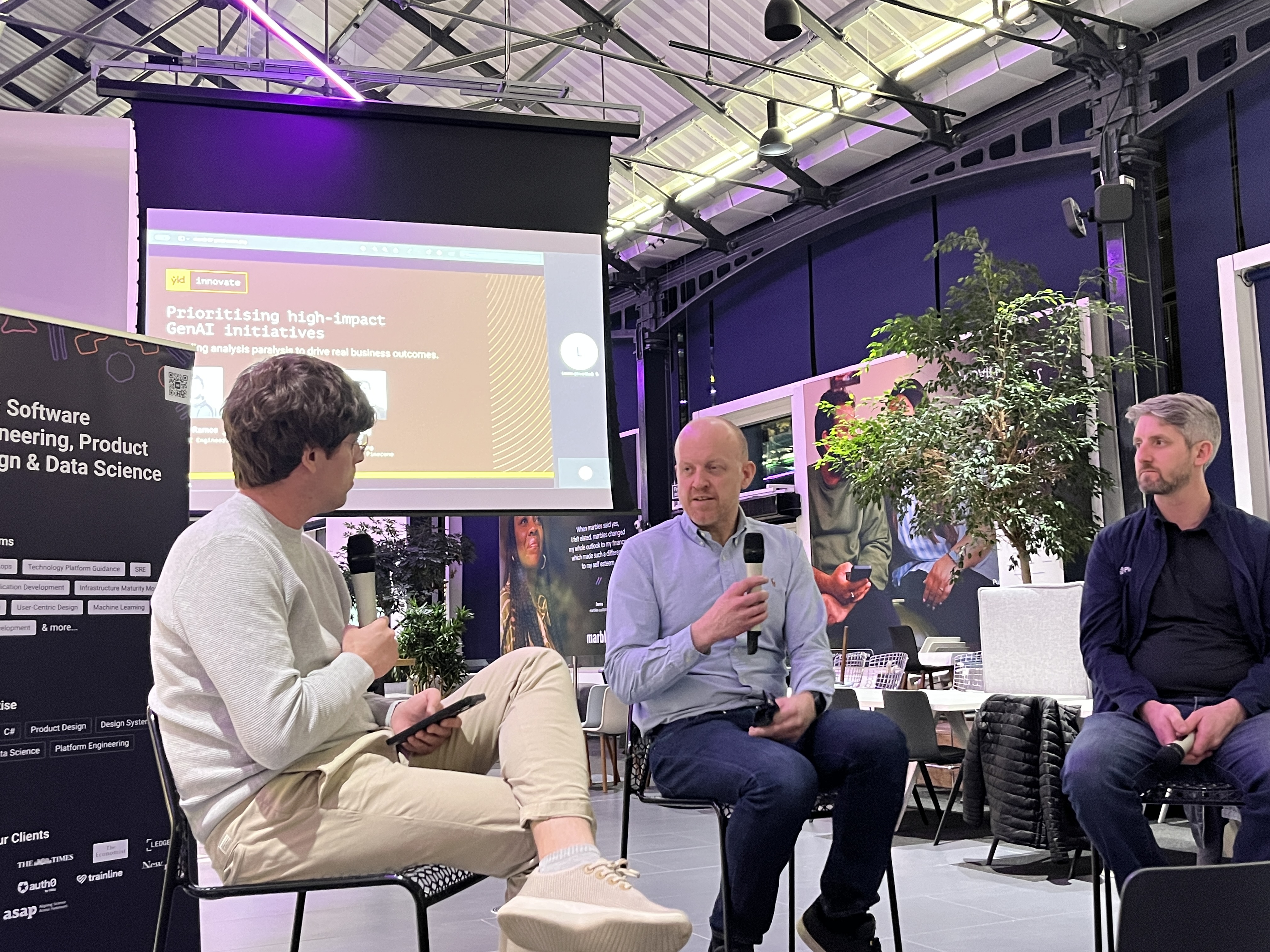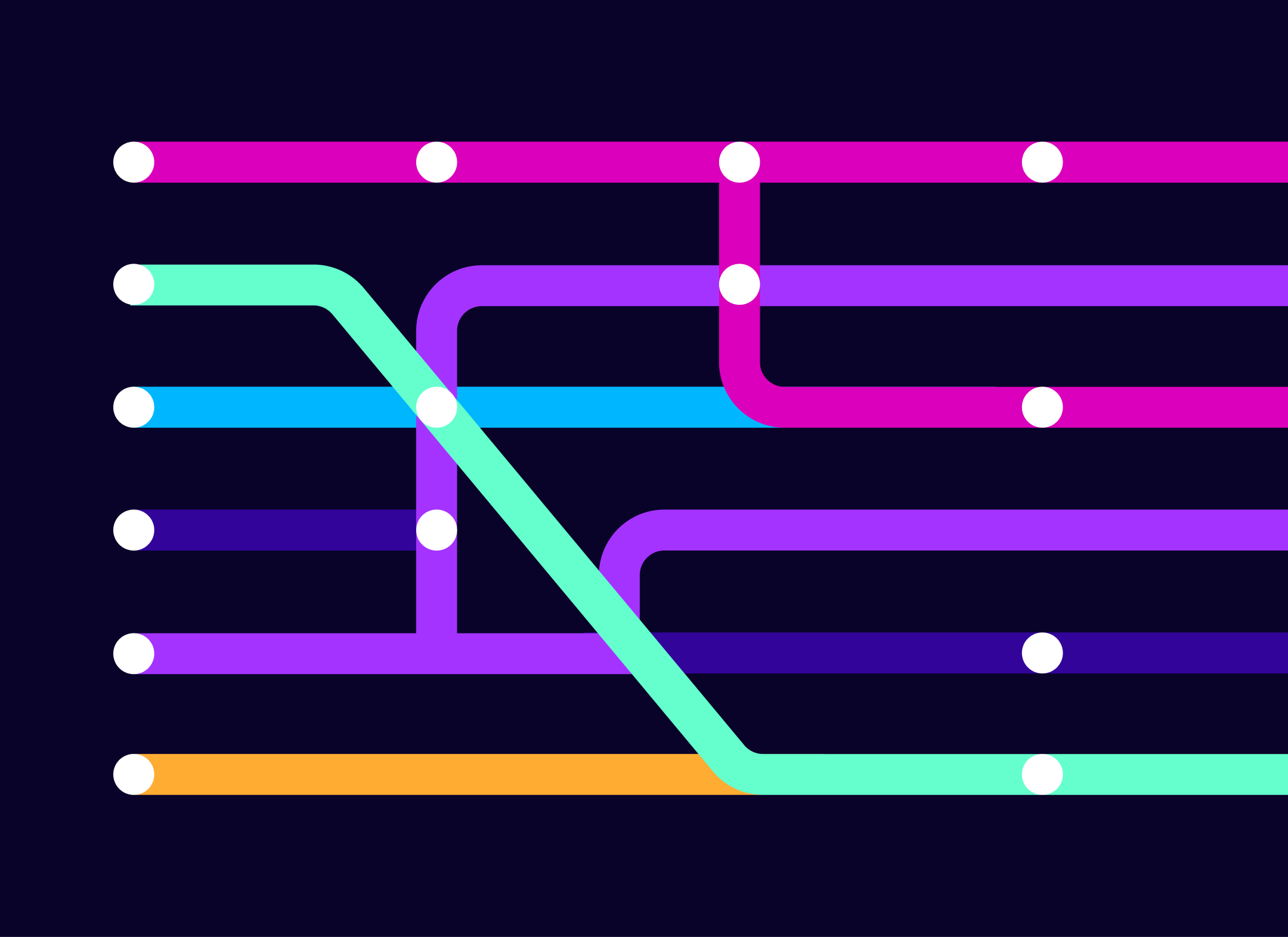It’s no surprise that the web has become the primary source of access to information, so removing barriers for everyone to access information efficiently is a huge priority. Did you know that according to the World Health Organisation, 15% of the world has a disability?
One of our team members recently gave an insightful internal learning lunch about accessibility, and here are some things he pointed out.
Good web accessibility is important because it provides people with permanent or temporary disabilities a smooth user experience. The goal is to provide an inclusive user experience.
Here are the four main things that make an accessible website, based on the official Web Content Accessibility Guidelines (WCAG) established by the W3C international organisation:
- Perceivable — This means disabled people can appreciate the content or have alternatives to help them understand it through alternative text, videos, captions, and audio descriptions.
- Operable — Users may view the website or application using their preferred technology. An operable site means it’s keyboard compatible because they’re using a screen reader, or just in case users don’t have fine muscle control or have little or no use of their hands.
- Understandable — Users should be able to interact easily and understand the website content. The main factors to consider in this category are the language of the page, where human language should be detectable by code. The language of parts, meaning the content includes words or phrases that are in a different language to the primary language, using global attributes on an element to set the appropriate language for it. Finally, if and when there are unusual words on the page, such as technical jargon or slang, there should be a glossary to accompany the site to define the unusual/ uncommon words.
- Robust — Various users and assistive technologies should easily interpret the content. This is why good code is vital, as it’s the most technical aspect of what makes a site successfully accessible. Otherwise, users may not interpret the site information as intended.
WCAG isn’t mandatory, but numerous countries use this standard to provide accessible content i.e. for government portals.
Further to what’s been mentioned, there are many other things to consider to achieve good accessibility, such as visual design language and clear UX.
Not to scare you (much), but even though there are currently no laws around accessibility, companies can actually be sued for poor website accessibility. In fact, according to a web governance service called “Little Forest”, in 2020, there were 3,235 cases of digital accessibility violations (desktop websites).
Don’t let your site be another statistic; make the necessary changes to your website and ensure it’s accessible for all types of users. If you are working on a project where accessibility is important, or if you want to work with a team where accessibility is key, feel free to contact us at YLD.





